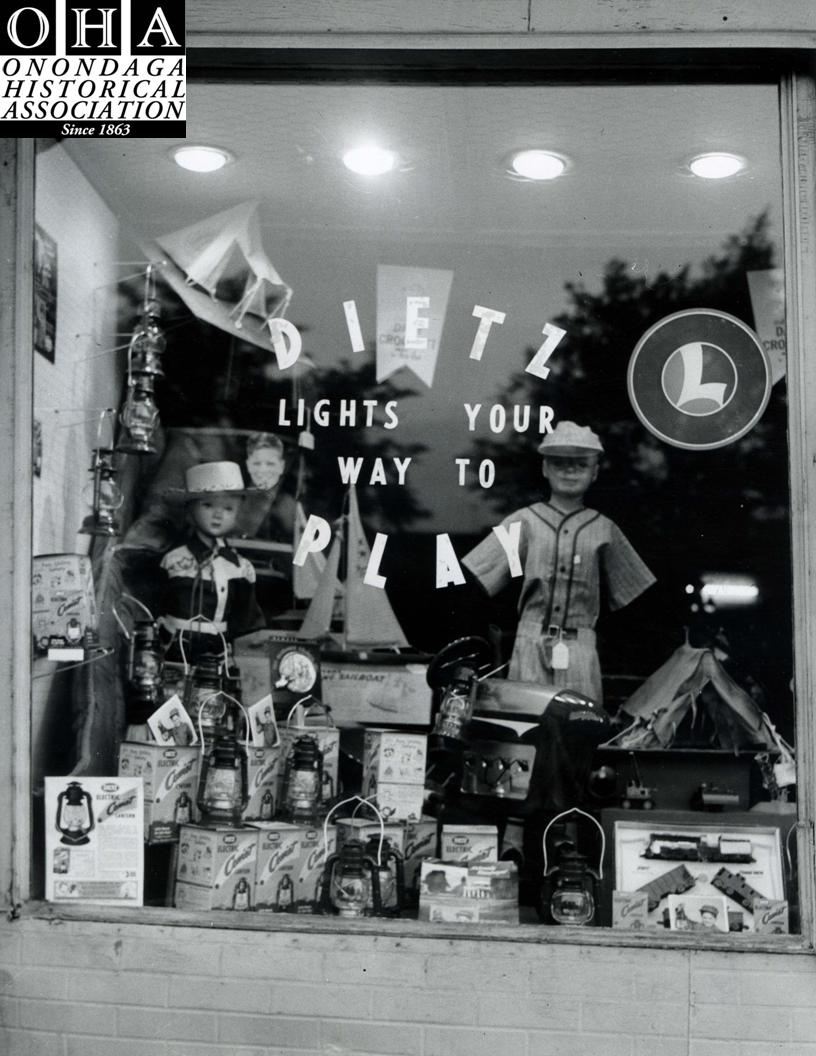
At age 22, in 1840, Robert Edwin Dietz bought a small lamp and oil shop in Brooklyn, NY. Robert, with his brother William, called the company Dietz, Brother and Company.
One of their first products was a candle lantern; they later made sperm whale oil lamps, girandoles, hall lamps, and chandeliers. Three more of the brothers joined the company in 1855, and the name became Dietz and Company. That same year, the brothers built a large factory in New York City, which was later destroyed by fire in 1871. The next year, 1856, they patented a flat wick burner to burn coal oil, a much cheaper fuel.
In 1868, Robert sold his interest in Dietz and Company and partnered with Absalom Smith to form a new company, Dietz & Smith. When Smith purchased 6,000 velocipedes (a mid 19th century bicycle) on company credit, Robert decided he was a bad business partner, bought Smith’s interest, and continued the company as R.E. Dietz.
In June 1897, a devastating fire destroyed the their factory in New York City. To avoid going out of business, the company merged with the Steam Gauge and Lantern Company of Syracuse, and eventually moved the company’s manufacturing center to that city.
In 1906, Dietz began making acetylene gas headlights and taillights for automobiles and trucks. In 1956, company president, Gerry Dietz, established R.E. Dietz LTD in Hong Kong. Two years later, he introduced the Visi-flasher road marker and established the Hazard Division to make and market the product.
The company commemorated its 125th anniversary in 1965 with a celebration at the Hotel Syracuse. That year, the company was one of the largest manufacturers of truck lighting and hazard warning devices. In 1971, they ceased making lanterns in Syracuse, moving all production to Hong Kong. Although sales were strong during the 1970s, they dropped to an all time low in 1990, the company’s sesquicentennial year.
The company closed its doors in Syracuse in 1992 and the building became the new home of Superior Office Furniture Company.
Today, after “a nearly $20 million renovation of the factory in Syracuse’s Park Avenue neighborhood, the building has been transformed into apartments and offices,” writes Syracuse.com’s Rick Moriarty.
– By Thomas Hunter, Curator of Collections at OHA

